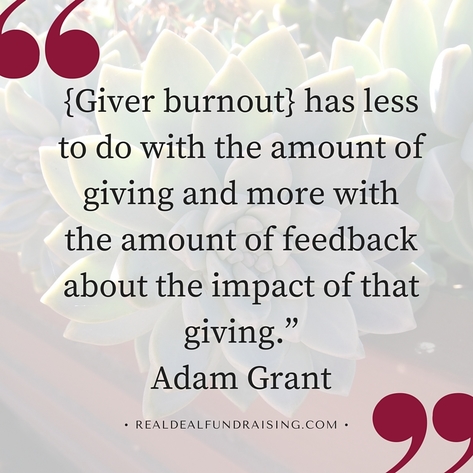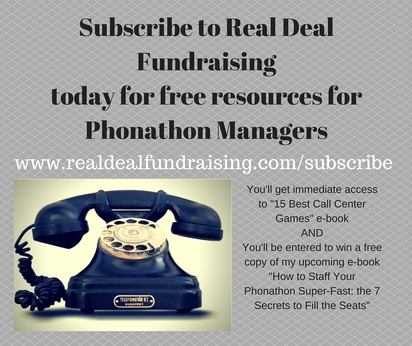|
If you don’t know Adam Grant, let me brighten your Monday. He’s a powerhouse business writer and an amazing TED talk speaker. Today I want to walk you through three takeaways from his book, Give and Take.
Grant states that people can be divided into givers, takers and matchers based on whether they are motivated by giving, getting or some combination thereof (respectively). In one chapter he looks at the concept of burnout and he ends up (of all places) in a university call center. He assessed whether the callers were givers, takers or matchers. He assumed that the takers would not be good at the job but is surprised to see that the way in the job is marketed (highest paying job on campus) and the way the motivation is structured ("win", "be the best") is actually highly motivating for the takers. Grant wonders what could be done to improve the results of the giver callers. What he finds is remarkable: spending 5 minutes reading letters from scholarship recipients motivated the giver-callers to close the performance gap between themselves and the taker-callers in ONE WEEK! So, Grant brought in an actual scholarship recipient to chat with a random group of callers about the impact that the funds they were raising had made in their lives. All callers (regardless of motivational type) saw a drastic increase in performance (as measured in calls per hour, number of minutes on the phone and dollars, which quintupled versus the control group). Givers saw an even more dramatic increase in performance. Then Grant writes a line that takes this lesson far beyond call center: “The turnaround highlights a remarkable principle of giver burnout: it has less to do with the amount of giving and more with the amount of feedback about the impact of that giving.” (Page 165). Wow! Takeaway #1: Many, if not most, of our donors are givers. So, what Grant is saying is that DONOR burnout is within our control. Make it your goal this year to make your donors as aware of the impact of their gift as possible. If 5 minutes reading a note from a scholarship recipient can make a huge difference in the performance of a student caller, what could consistent, impact-oriented messaging around these issues do for your donor’s happiness and willingness to give again? Takeaway #2: Think about the ways in which we are marketing the student jobs in our call centers. Are you only recruiting and motivating for the takers/matchers? What are you doing to be mission and impact focused in your recruiting and training materials for callers? What are you doing for all of the students to reconnect them with the mission and impact during the normal shift? You should incorporate strategies like Grant suggests not only because you have giver-callers who need the motivation but remember ALL the callers saw an increase in performance when given explicit and emotional examples of impact. Takeaway #3: Here's one last thing to think about: What type are you? If you are a giver and you're feeling burnt out, what can you do to connect back to the mission? Maybe you need to take a walk on campus and go speak directly with students and faculty, the beneficiaries of all of your hard work. Nurture yourself to your type so that this important work can be completed. If you like Adam Grant, check out his TED Talks here. If you found this information helpful, please consider subscribing to Real Deal Fundraising by clicking the button below. You’ll immediately get a copy of my e-book, “15 Best Call Center Games”.
0 Comments
|
Jessica Cloud, CFREI've been called the Tasmanian Devil of fundraising and I'm here to talk shop with you. Archives
July 2020
Categories
All
|



 RSS Feed
RSS Feed
